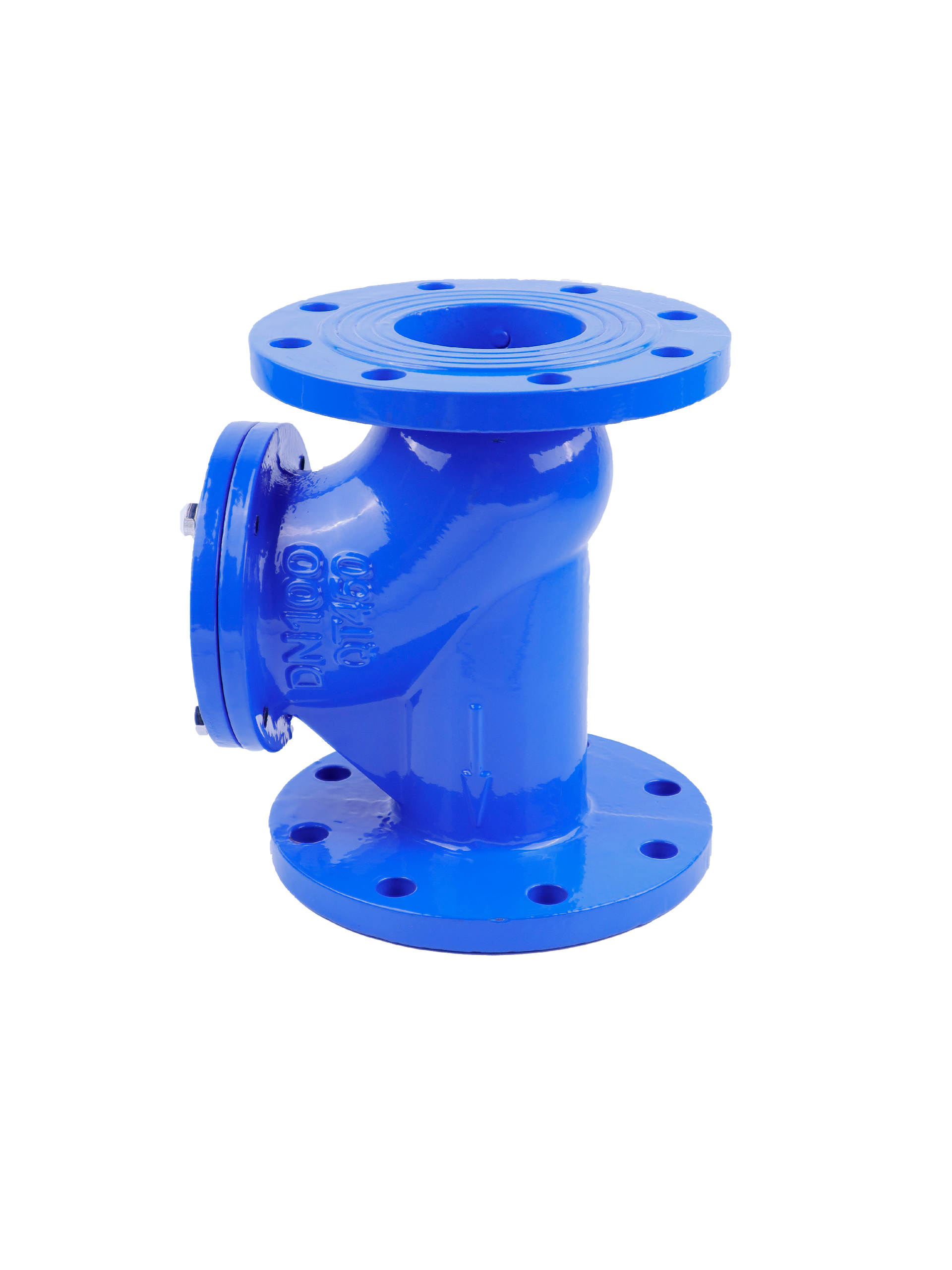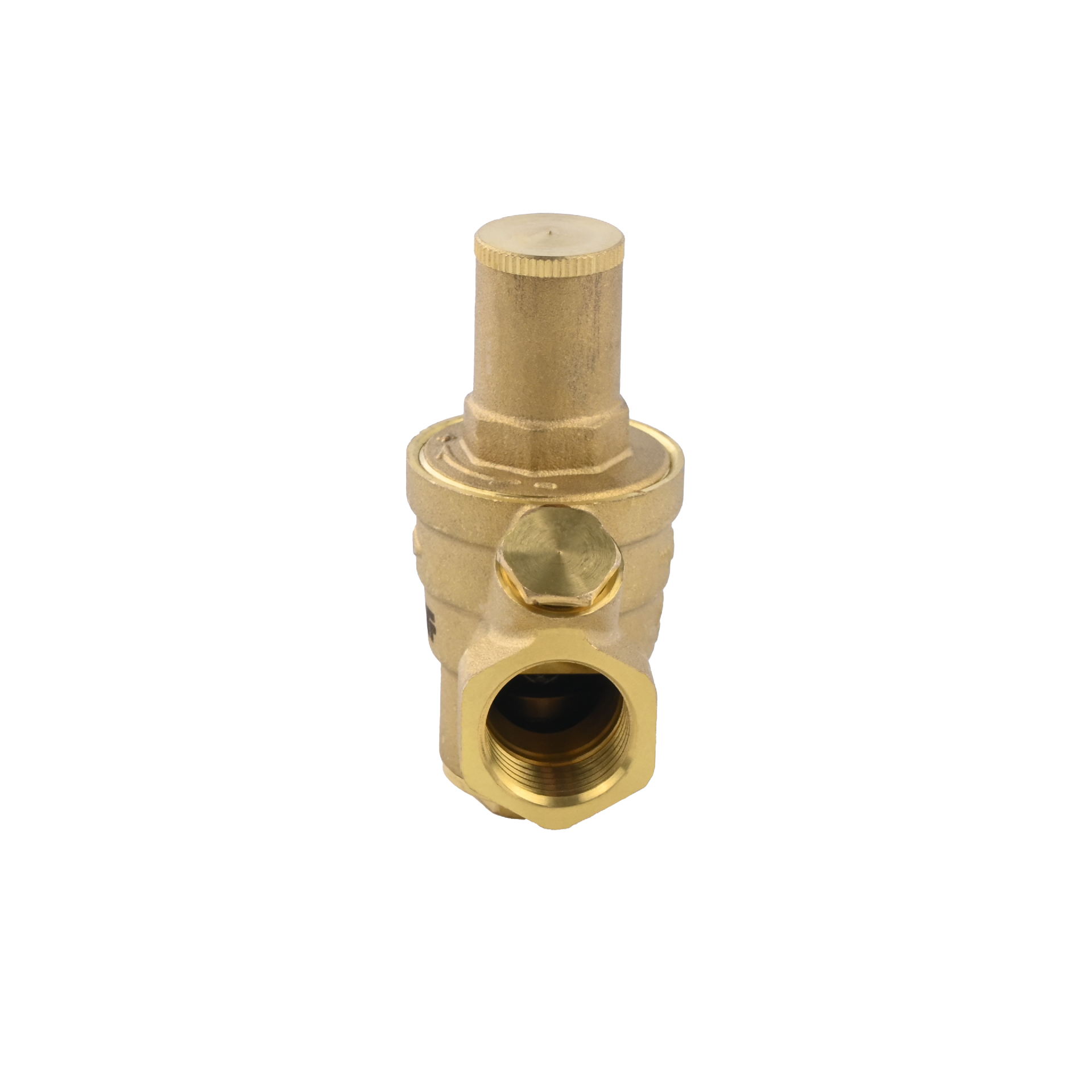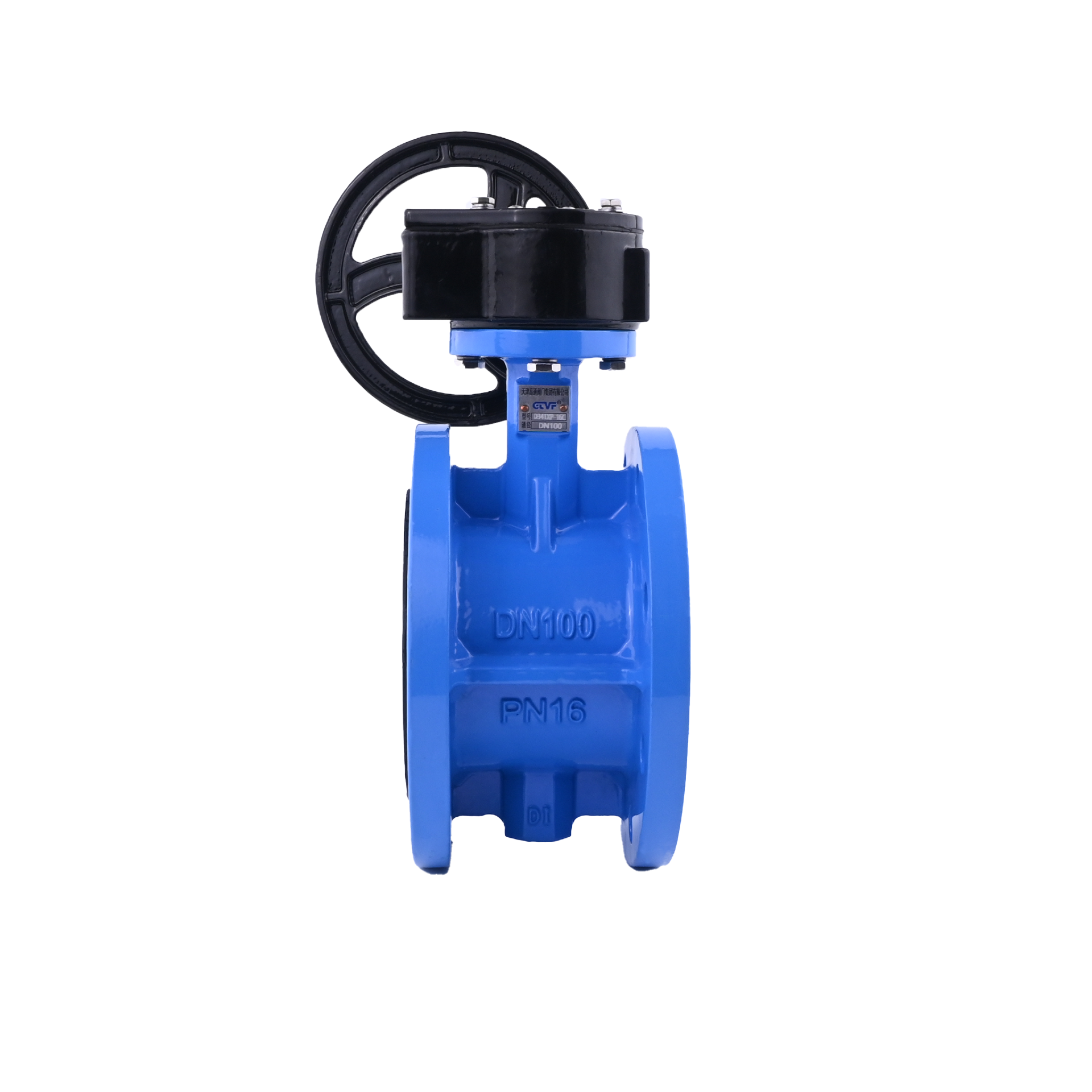Electric switch butterfly valve is a kind of valve equipment widely used in industrial automation control system. It drives the rotation of the butterfly plate through the electric actuator, so as to realize the switching and adjusting of the fluid. Electric switch butterfly valve has the advantages of simple structure, easy operation, good sealing performance, etc., so it has been widely used in petroleum, chemical industry, electric power, metallurgy, water treatment and other fields. Electric switch butterfly valve manufacturers to share with you the composition of electric switch butterfly valve.
1. Electric actuator
The electric actuator is one of the core components of the electric switch butterfly valve, which is responsible for driving the rotation of the butterfly plate. The electric actuator is usually composed of a motor, a reducer, a position sensor and a control unit.
1.1 Motor
The motor is the power source of the electric actuator, usually using AC or DC motors. The choice of motor depends on the working environment and control requirements of the valve. Ac motors are suitable for most industrial applications, while DC motors are suitable for applications requiring precise control.
1.2 Reducer
The function of the reducer is to convert the high-speed rotation of the motor into the output of low speed and high torque to meet the needs of the rotation of the butterfly plate. The type of reducer includes gear reducer, worm gear reducer, etc., the specific choice depends on the working conditions of the valve.
1.3 Position Sensor
The position sensor is used to detect the rotation Angle of the disc and feedback the signal to the control unit. Common position sensors are potentiometers, encoders and so on. The accuracy of the position sensor directly affects the control accuracy of the valve.

1.4 Control Unit
The control unit is the "brain" of the electric actuator, which is responsible for receiving control signals and driving the motor to work. The control unit usually has overload protection, limit protection and other functions to ensure the safe operation of the valve.
2. Butterfly valve body
The butterfly valve body is the main part of the electric switch butterfly valve, mainly composed of the valve body, the butterfly plate, the valve stem and the seal.
2.1 Valve Body
The valve body is the shell of the butterfly valve, usually made of cast iron, cast steel, stainless steel and other materials. The structure of the valve body has clamping type, flange type, etc., the specific choice depends on the pipe connection method and working pressure.
2.2 Butterfly Plate
The butterfly plate is a key part of the butterfly valve, which controls the flow through rotation. The shape of the butterfly plate is usually a disk, with a sealing surface at the edge. The material selection of the plate should consider the corrosiveness of the fluid and the operating temperature.
2.3 Valve Stem
The valve stem is the transmission part connecting the electric actuator and the control plate, usually made of stainless steel. The design of the valve stem should ensure sufficient strength and stiffness to withstand the rotating torque of the disc.
2.4 Seals
Seals are used to ensure the sealing performance of butterfly valves, usually made of rubber, polytetrafluoroethylene and other materials. The selection of seals should consider the nature of the fluid and the operating temperature to ensure a long-term reliable sealing effect.
3. Control system
The control system is an important part of the electric switch butterfly valve, which is responsible for receiving and processing the control signal and driving the electric actuator. The control system is usually composed of controller, sensor and actuator.
3.1 Controller
The controller is the core of the control system, which is responsible for receiving and processing the control signal from the host computer or the field operation panel. The controller usually has PID adjustment, fault diagnosis and other functions to achieve accurate valve control.
3.2 Sensors
The sensor is used to detect the working state of the valve, such as flow, pressure, temperature and other parameters. The signal from the sensor is fed back to the controller to achieve closed-loop control. Common sensors are flow sensors, pressure sensors, temperature sensors and so on.
3.3 Actuators
The actuator is the output part of the control system, which is responsible for driving the electric actuator. The actuator usually has overload protection, limit protection and other functions to ensure the safe operation of the valve.
4. Installation and maintenance
The installation and maintenance of the electric switch butterfly valve is very important for its long-term stable operation. Proper installation and maintenance can extend the service life of the valve and reduce the failure rate.
4.1 Installation
The installation of the electric switch butterfly valve should follow the following steps:
Check valve specifications and models to make sure they match the pipe.
Clean the inside of the pipe to ensure that there is no debris.
Install the valve on the pipe, taking care to neutralize and tighten the bolts.
Connect the power and control signal lines of the electric actuator.
Perform manual operation to check whether the valve switch is flexible.
Perform electric operation to check the control accuracy and sealing performance of the valve.
4.2 Maintenance
The maintenance of the electric switch butterfly valve should be carried out regularly, mainly including the following:
Check the sealing performance of the valve and replace the seal if necessary.
Check the working condition of the electric actuator, lubricate and adjust if necessary.
Check the wiring and signal transmission of the control system to ensure that there is no loose and interference.
Regular valve opening and closing operation to prevent stuck and rust.
Record the operation data of the valve, discover and deal with abnormal situations in time.







